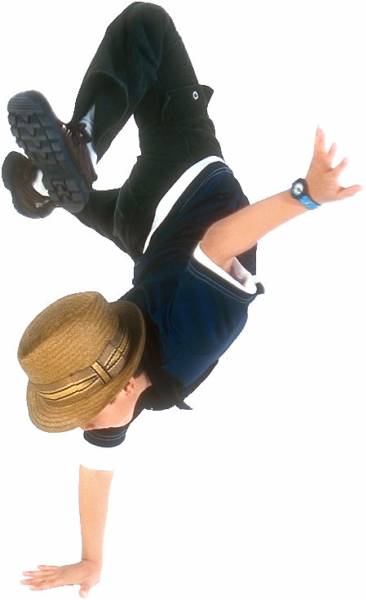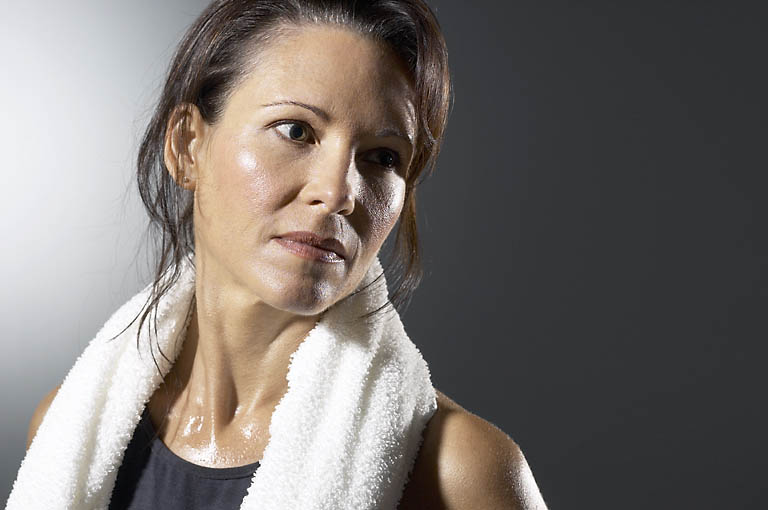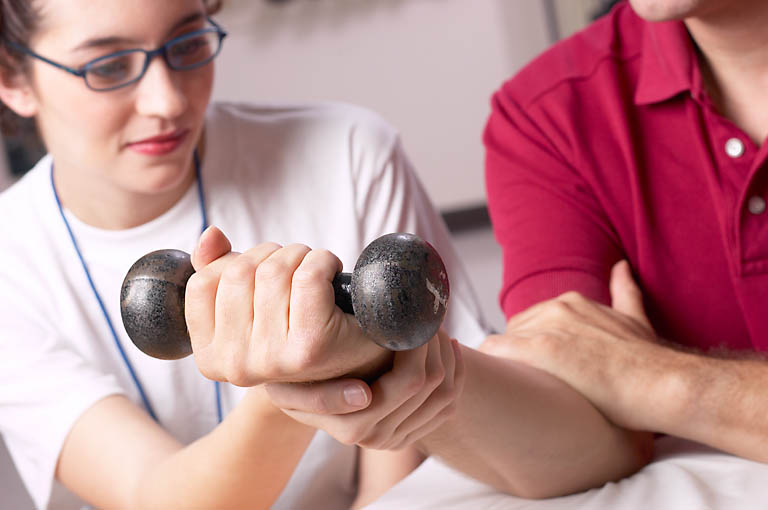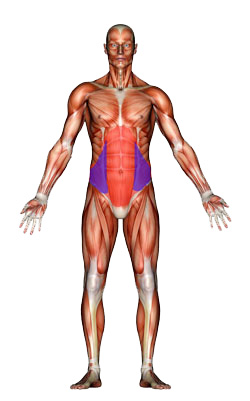







What is the "Core"
The 'Core' has become the buzzword in the past few years. In spite of its popularity, there seems to be confusion as to its exact definition.
For example, if you ask 5 different fitness professionals, you may get five
For example, if you ask 5 different fitness professionals, you may get five
different answers.
It's surprising that the core has finally made it to "center stage" so to speak, due to its vital role in stabilizing and supporting the spine prior to movement of our arms and legs.
It's surprising that the core has finally made it to "center stage" so to speak, due to its vital role in stabilizing and supporting the spine prior to movement of our arms and legs.
The core is made up of the muscles of the trunk which is the link between the upper and lower extremities (arms and legs, respectively). The trunk is made up of the spinal column, the pelvic girdle, and the rib cage. The core includes the passive spinal ligaments that hold the vertabrae together, the nervous and muscular systems.
Since exercise is the prime goal of my daily work, I am going to elaborate on the active or muscular structures of the core. The muscles that attach to the spine (core) are in constant communication with the nervous system through a complex network of nerves. Many experts have demonstrated through research that the muscles that DIRECTLY attach to the spine (deep core muscles) 'turn-on' prior to movements of our arms and legs. The reason is simple--we need a stable spine before we move. A simple analogy may clarify any confusion--you wouldn't fire a canon from a canoe. The core essentials conditioning system focuses on the deep layer muscles. The nature of the movement will 'force' an individual to use these muscles, due to the stabilization requirements of many of the exercises. In other words, the deep core muscles act on 'reflex', that is, they fire AUTOMATICALLY when a healthly individual is subjected to an environment of instability.
Many of the strength exercises I've chosen include a stability component and require balance, thus encouraging core activation.
When looking at the older adult population, any program that can incorporate core and lower body strength may improve balance and reduce risk of falling. Simple modifications of traditional strength/resistance training exercises can be done to incorporate deep core muscles.




